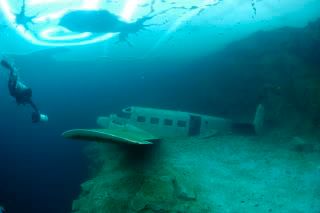vioch
Contributor
Neither GUE, nor UTD have Ice diving procedures.
Diver connected with a rope to the tender on the surface is tought by most agencies.
How do DIR divers perform Ice dives?
Diver connected with a rope to the tender on the surface is tought by most agencies.
How do DIR divers perform Ice dives?






